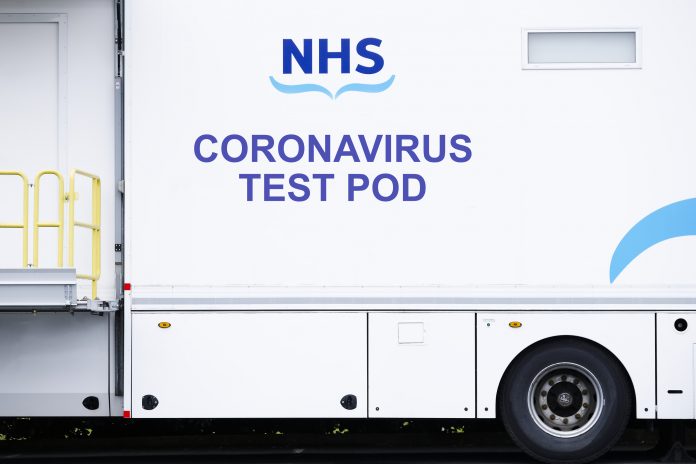Dr Owain Rhys Hughes, Founder and CEO at Cinapsis, explores the future of primary care and how, despite the popularity of grand reformations and sweeping initiatives, it’s the micro-changes which add up to make the biggest difference to patient care
It’s a scenario we’ve seen play out again and again: a well-meaning politician promises sweeping changes to healthcare provision or hails a new wave of grand reforms to transform the NHS, only for the scale and costs of such projects to halt them in their early stages. Or, another common theme: reforms are pushed through at great expense, leaving doctors and patients with the added burden of a slew of new practices to wrap their heads around.
Reflecting on this oft-repeated pattern, I’m tempted to ask: is our fixation on radical disruption causing us to overlook simple solutions?
It might not grab the headlines or make a catchy soundbite, but there’s strong evidence to suggest that investing in ‘micro’ initiatives is the most effective way to deliver meaningful improvement across the health and social care spectrum.
Significant reforms eat up managers’ time and can cause distraction and confusion for months after their implementation. One need only mention the much-lamented Lansley reforms of 2012 to see this play out. What’s more, these projects are needless if their intended goals are ever fully realised: too great a scope means too much room for failure and financial inefficiency.
In contrast, it seems the best small-scale solutions require less investment whilst being more intuitive to use, and allow for speedy onboarding. Results appear quickly, and if the solution is under-used or unpopular it can be phased out and replaced without major disruption.
I refer to such solutions as ‘micro-efficiencies’ in order to highlight their low-cost high-return characteristics. They can be adopted for short or long periods of time to soothe single pain points or more chronic issues and can be championed (or even developed by) clinicians working at the grassroots of community healthcare provision.
Healthcare innovation
Examples abound, including many which have sprung into existence since the start of the pandemic. An app which enables hands-free voice and video calling from GP desktops and smartphones has an incredible utility in allowing self-isolating patients to access healthcare, whilst also saving precious minutes for doctors who no longer need to dial patients from a landline phone.
Other micro-efficient initiatives include smartphone-compatible tools which enable Primary Care clinicians to instantly seek a second opinion from hospital specialists, putting a halt to lengthy email chains, missed messages and misdirected referrals. Technology which automatically uploads relevant communication to patient notes is fast becoming a necessity for time-poor doctors, as is ‘single-sign-on’ capability for any new app or digital service.
It’s easy to overlook or disregard innovations which shave off just a few seconds from a routine task, but when this is a task which is carried out numerous times each day, these seconds really count. They quickly add up to minutes or hours which could be better spent checking in on a vulnerable elderly patient, reassuring an anxious relative, checking on abnormal test results or any other thousand other tasks that clinicians do everyday.
As Primary and Secondary Care providers now consider how they can best adapt their practice in the context of the post-pandemic healthscape, it’s more important than ever to look beyond political rhetoric and choose solutions which make a meaningful difference regardless of their scale. This will necessitate an honest discussion with medics on the ground and the frontline, in order to identify the most obstinate barriers to effective patient care and how they can realistically be overcome.











